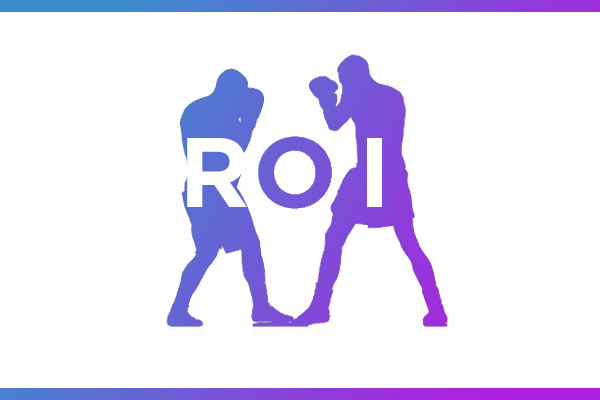Every business needs customers. Building customer awareness of your brand and your products is the sole purpose of marketing. Marketing has focused on traditional media such as newspapers, radio, and TV to send the message far and wide. As consumers become more and more active online, many new opportunities are presented to marketers.
Many customers research products online before they make a buying decision, giving marketers the valuable opportunity to help customers find their brands when they search on the Internet. However, placing online spots and competing for the best keywords isn’t the only option.
Rather than spending advertising dollars on placing ads and trying to attract consumers’ attention, you can write content designed to inform, educate, and entertain consumers and post it on your website, where your potential customers can find it. If you populate your content with the right keywords and key phrases, Google and other search engines will find it, and so will consumers.
What’s The Difference? In traditional advertising, it’s a one-way conversation. You are hoping to reach customers and tell them about your product or service. You do this by placing your message far and wide, where the maximum number of your potential customers will see it. There is no dialogue and no interaction with your customers.
Content marketing is less concerned with reaching the most people; the point is to reach the right people. Content marketers research their target market to right-click on the content they want to see. They also study the words and phrases people are searching online for and include them in the material.
Another advantage of content marketing is the opportunity to interact with consumers. You can allow consumers to leave comments on your blog posts and social channels. These interactions give you valuable insight into what consumers are thinking and let you respond to your customers in real time in order to build a relationship with them.
Measuring ROI Metrics are key to measuring and quantifying the return on investment for your advertising dollars. However, not all metrics are equally important. You can track many metrics, but there are three that matter most: the number of high-quality leads, your web traffic, and, ultimately, sales.
With targeted advertising, you’ll pay for the cost of developing an ad campaign first. You’ll then pay to place your advertising either online or on a traditional medium like newspapers, radio, or TV. When you go with the content marketing model, you will pay to research and write your content, then post it on your website and promote it through your social media channels.
The cost of developing traditional advertising and content marketing materials is similar, but the distribution price is much lower. This difference already makes the ROI of content marketing higher than conventional advertising. However, many marketers have found that content marketing is significantly better at generating web traffic and high-quality leads.
Running a successful business is all about getting the most out of every dollar you spend. While content marketing will never wholly replace traditional advertising, it is a cost-effective technique that deserves a place in your marketing toolkit.
